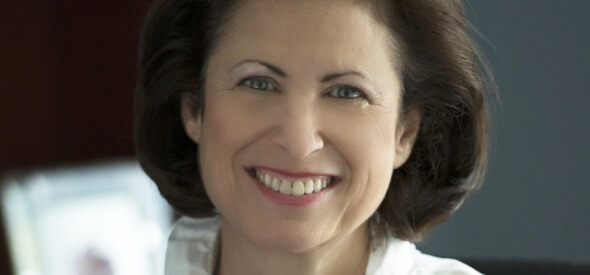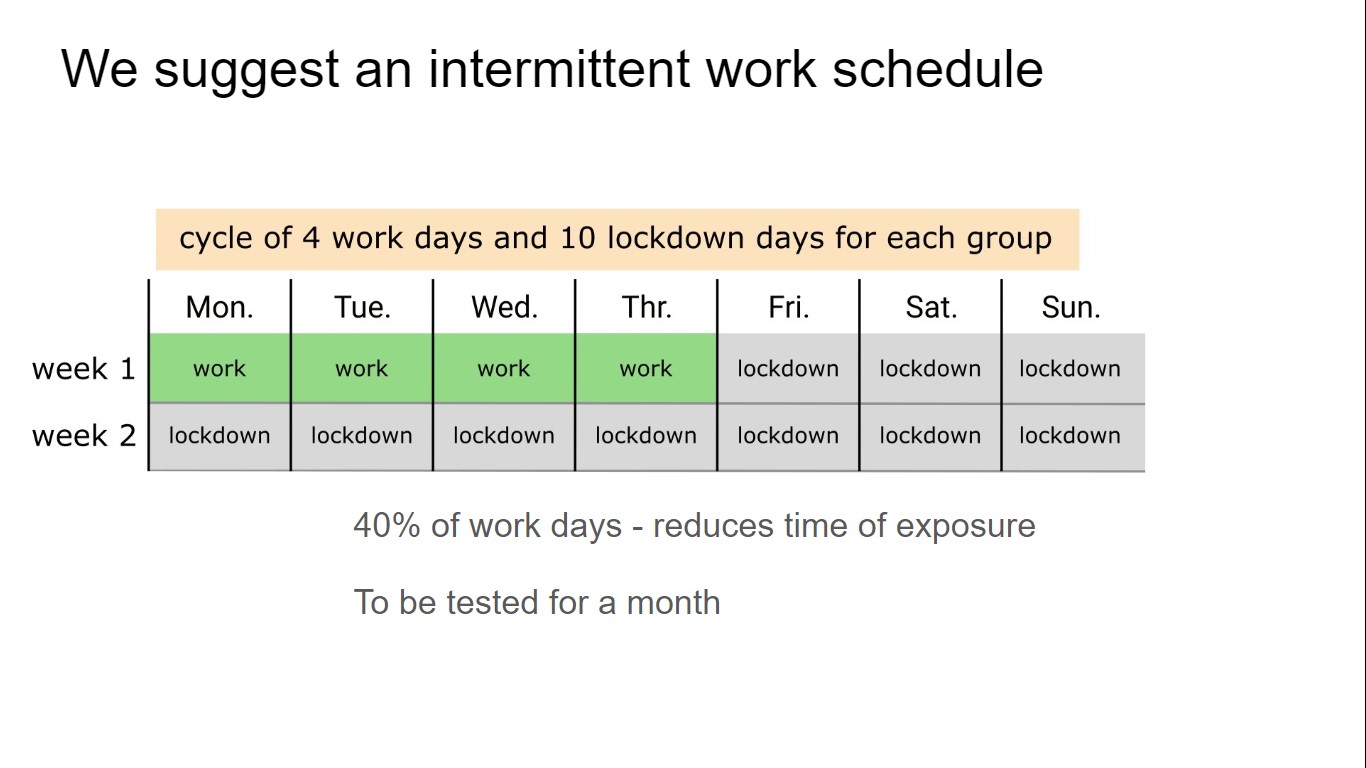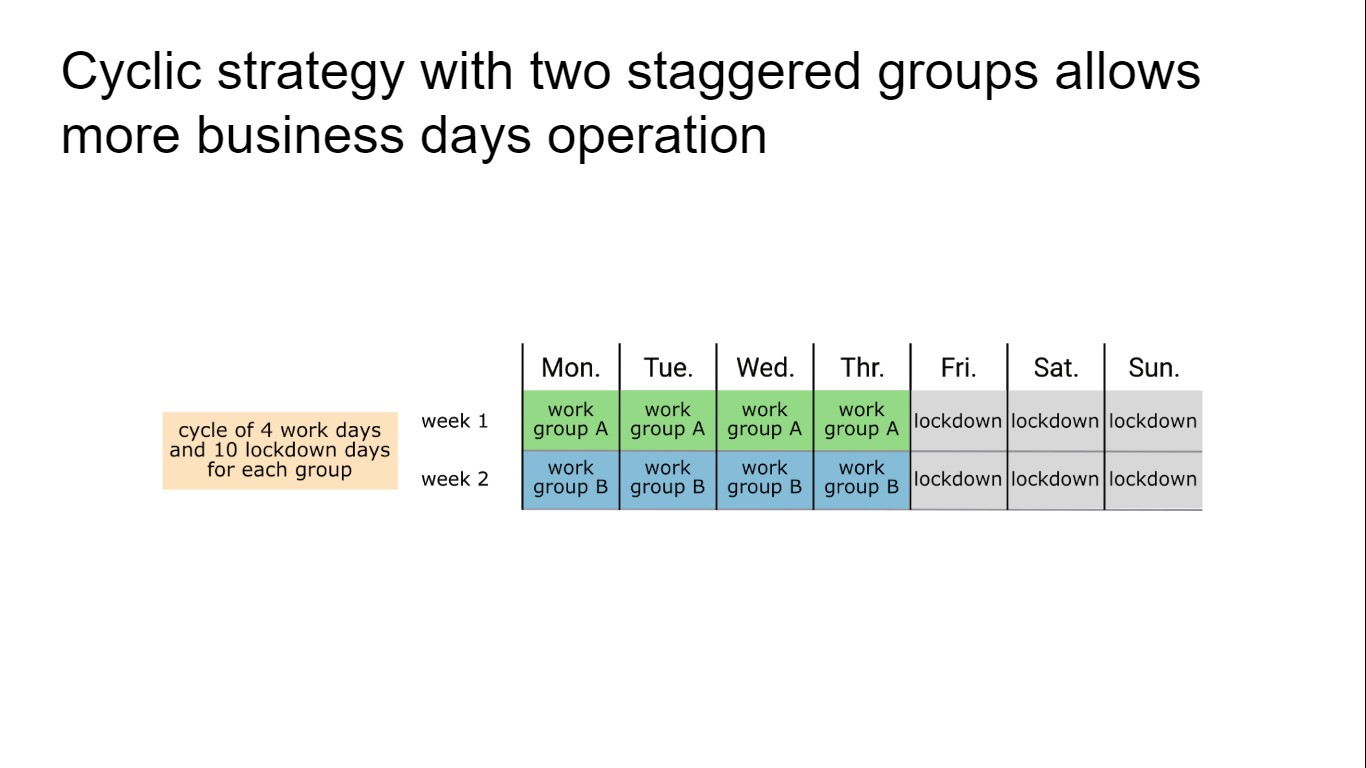PREDICTABILITY: The key for the way out of the pandemic for both business and science
Author(s):
Susan Stern
Weizmann Canada
National Executive Director and CEO

–
In a 2016 EuroScientist journal article, the relationship between business and science is described as not always smooth. It goes on to say, “The difference in culture between the two fields often means that there is a lot of misunderstanding or a difference in expectations on either side.”
In this pandemic however, one constant that we know is equally important to both business and science is predictability. Predictability provides stability for the economy and enables positive human behaviour as a sustainable way out of this pandemic. Uncertainty has the opposite effect.
Here at home, the Canadian Chamber of Commerce launched the Canadian Business Resilience Network, in partnership with the Government of Canada and various leading businesses and organizations, to help provide some of that predictability. The latest information, tools, and resources to guide day-by-day actions are presented with the hopes of helping businesses survive the COVID-19 pandemic.
At the same time, we are reminded daily that we must ‘trust in science.’
Science gives us hope that this pandemic will be resolved. And the reality that science is for the benefit of all humanity has never been more apparent than right now.
As provinces and territories move forward with plans to reopen businesses, both business and science must come together to emerge sustainably from this pandemic.
Canada’s Chief Public Health Officer, Dr. Theresa Tam, recently spoke about how modelling to restart the economy (while suppressing the epidemic), needs to achieve a reproduction number of less than one (i.e. less than one person being infected from each existing case).
While we’re all eager to shift the momentum of this pandemic, it also means any plans to reopen the economy must maintain current measures including testing, social distancing, attention to high risk areas, and so forth.
Prof. Ron Milo and Prof. Uri Alon of the Weizmann Institute of Science are gaining international media attention (e.g. Financial Times & Newsweek) for their measured approaches to restart the economy. Most recently demonstrated in an op-ed in the New York Times, their modelling also aligns with Dr. Tam’s direction of keeping infection rates per person to below one.
Importantly, their work reflects interests from both the business community and scientific community through input from economists and epidemiologists.
Their respective areas of research focus on what we know about the virus today, as well as what the ideal model to restart the economy looks like based on that data.
The virus by the numbers
Prof. Milo’s lab is building on work from his postdoc at Harvard Medical School, where he created an online resource called BioNumbers.
Now, a corona-centered ‘by the numbers’ effort with text translated into 20 languages (http://book.bionumbers.org/) helps to answer questions openly for researchers worldwide, such as ‘what is the effect of social distancing,’ ‘why was the initial quarantine period two weeks,’ and ‘how stable and infectious is the virus on surfaces.’
The formula to restart the economy
Prof. Uri Alon’s ‘cyclic work’ formula is currently based on a 4-10 model, whereby individuals would work four days (with current social distancing measures in place) and would be in lockdown for a subsequent ten days.

Typically, recently infected individuals with COVID-19 are non-infectious for the first three days, making the 4-10 model an ideal mathematical formula to keep the risk of infecting others as low as possible.
Furthermore, groups could be staggered weekly to allow for more business days in operation.

As with any modelling, until it takes effect, we do not know its outcome. Mathematical modelling is forecasting based on what we know today.
Once implemented, workdays can be adjusted accordingly to reflect the actual scenario within a specific jurisdiction.
A similar model was adopted in Austria for their school system, which will see two groups learning five days every two weeks starting in mid-May.
At a time when we are constantly hearing ‘this is an uncertain time,’ let’s create some predictability by having the business community and the scientific community come together.
After all, we are all in this together, and together we can map a sustainable way out.
Susan Stern is the National Executive Director and CEO of Weizmann Canada. Read more about the work of the 65+ labs at the Weizmann Institute of Science now working on the coronavirus.

